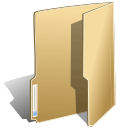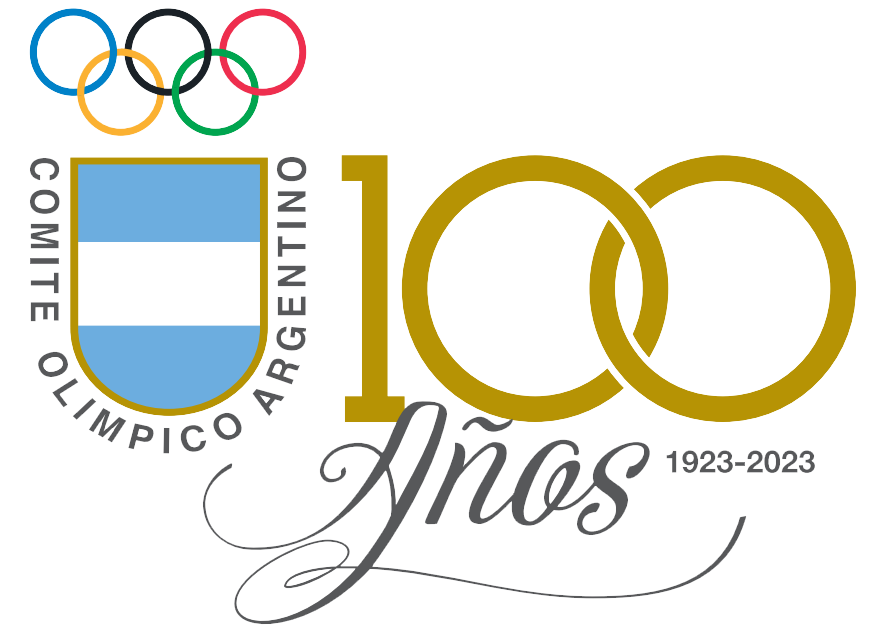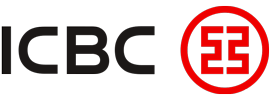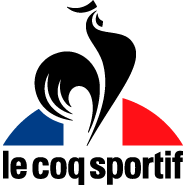
Extensions (40)
The Joomla! content management system lets you create webpages of various types using extensions. There are 5 basic types of extensions: components, modules, templates, languages, and plugins. Your website includes the extensions you need to create a basic website in English, but thousands of additional extensions of all types are available. The Joomla! Extensions Directory is the largest directory of Joomla extensions.
Subcategorías

Components (7)
![]() Components are larger extensions that produce the major content for your site. Each component has one or more "views" that control how content is displayed. In the Joomla administrator there are additional extensions such as Menus, Redirection, and the extension managers.
Components are larger extensions that produce the major content for your site. Each component has one or more "views" that control how content is displayed. In the Joomla administrator there are additional extensions such as Menus, Redirection, and the extension managers.

Modules (23)
![]() Modules are small blocks of content that can be displayed in positions on a web page. The menus on this site are displayed in modules. The core of Joomla! includes 24 separate modules ranging from login to search to random images. Each module has a name that starts mod_ but when it displays it has a title. In the descriptions in this section, the titles are the same as the names.
Modules are small blocks of content that can be displayed in positions on a web page. The menus on this site are displayed in modules. The core of Joomla! includes 24 separate modules ranging from login to search to random images. Each module has a name that starts mod_ but when it displays it has a title. In the descriptions in this section, the titles are the same as the names.

Templates (1)
![]() Templates give your site its look and feel. They determine layout, colours, typefaces, graphics and other aspects of design that make your site unique. Your installation of Joomla comes prepackaged with three front end templates and two backend templates. Help
Templates give your site its look and feel. They determine layout, colours, typefaces, graphics and other aspects of design that make your site unique. Your installation of Joomla comes prepackaged with three front end templates and two backend templates. Help

Languages (0)
![]() Joomla! installs in English, but translations of the interfaces, sample data and help screens are available in dozens of languages. Help
Joomla! installs in English, but translations of the interfaces, sample data and help screens are available in dozens of languages. Help
If there is no language pack available for your language, instructions are available for creating your own translation, which you can also contribute to the community by starting a translation team to create an accredited translation.
Translations of the interfaces are installed using the extensions manager in the site administrator and then managed using the language manager.
If you have two or more languages installed you may enable the language switcher plugin and module. They should always be used together. If you create multilingual content and mark your content, menu items or modules as being in specific languages and follow the complete instructions your users will be able to select a specific content language using the module. By default both the plugin and module are disabled.
Joomla 2.5 installs with a language override manager that allows you to change the specific words (such as Edit or Search) used in the Joomla application.
There are a number of extensions that can help you manage translations of content available in the Joomla! Extensions Directory.
Ver artículos ...
Plugins (9)
![]() Plugins are small task oriented extensions that enhance the Joomla! framework. Some are associated with particular extensions and others, such as editors, are used across all of Joomla. Most beginning users do not need to change any of the plugins that install with Joomla. Help
Plugins are small task oriented extensions that enhance the Joomla! framework. Some are associated with particular extensions and others, such as editors, are used across all of Joomla. Most beginning users do not need to change any of the plugins that install with Joomla. Help
The search component uses plugins to control which parts of your Joomla! site are searched. You may choose to turn off some areas to improve performance or for other reasons. Many third party Joomla! extensions have search plugins that extend where search takes place.
Default On:
The authentication plugins operate when users login to your site or administrator. The Joomla! authentication plugin is in operation by default but you can enable Gmail or LDAP or install a plugin for a different system. An example is included that may be used to create a new authentication plugin.
Default on:
- Joomla Help
Default off:
H1 ABCDEFGHIJKLMNOPQRSTUVWXYZ abcdefghijklmonpqrstuvwzyz
H2 ABCDEFGHIJKLMNOPQRSTUVWXYZ abcdefghijklmonpqrstuvwzyz
H3 ABCDEFGHIJKLMNOPQRSTUVWXYZ abcdefghijklmonpqrstuvwzyz
H4 ABCDEFGHIJKLMNOPQRSTUVWXYZ abcdefghijklmonpqrstuvwzyz
H5 ABCDEFGHIJKLMNOPQRSTUVWXYZ abcdefghijklmonpqrstuvwzyz
H6 ABCDEFGHIJKLMNOPQRSTUVWXYZ abcdefghijklmonpqrstuvwzyz
P The quick brown fox ran over the lazy dog. THE QUICK BROWN FOX RAN OVER THE LAZY DOG.
- Item
- Item
- Item
- Item
- Item
- Item
- Item
- Item
- Item
- tem
- Item
- Item
- Item
- Item
- Item
- Item
- Item
- Item
K2 provides an out-of-the box integrated solution featuring rich content forms for items (think of Joomla! articles with additional fields for article images, videos, image galleries and attachments), nested-level categories, tags, comments, a system to extend the item base form with additional fields (similar to CCK for those acquainted with Drupal), a powerful plugin API to extend item, category and user forms, ACL, frontend editing, sub-templates and a lot more!
Using K2, you can transform your for Joomla! website to a news/magazine site with author blogs, product catalogs, work portfolio, knowledge base, download/document manager, directory listing, event listing and more, all this bundled under one package! Since K2 is extensible with additional fields to its base item form, you can easily create category-specific content types, e.g. article, blog post, product page, directory listing.
Check out the K2 introduction slideshow presentation or view the K2 highlights 4-minute video.
K2 is developed by JoomlaWorks, makers of fine Joomla! extensions since 2006
Introducing K2, the powerful content component for Joomla! Accumsan est condimentum vestibulum Vivamus ante sed dignissim at tortor vitae. At mus at egestas enim risus odio tristique orci cursus malesuada. Montes ipsum leo at Vestibulum elit pretium lorem nonummy tincidunt auctor.
News Feeds (com_newsfeeds) provides a way to organize and present news feeds. News feeds are a way that you present information from another site on your site. For example, the joomla.org website has numerous feeds that you can incorporate on your site. You an use menus to present a single feed, a list of feeds in a category, or a list of all feed categories. Help
Weblinks (com_weblinks) is a component that provides a structured way to organize external links and present them in a visually attractive, consistent and informative way. Help
The users extension lets your site visitors register, login and logout, change their passwords and other information, and recover lost passwords. In the administrator it allows you to create, block and manage users and create user groups and access levels. Help
Please note that some of the user views will not display if you are not logged-in to the site.
Joomla! 2.5 offers two search options.
The Basic Search component provides basic search functionality for the information contained in your core components. Many extensions can also be searched by the search component. Help
The Smart Search component offers searching similar to that found in major search engines. Smart Search is disabled by default. If you choose to enable it you will need to take several steps. First, enable the Smart Search Plugin in the plugin manager. Then, if you are using the Basic Search Module replace it with the Smart Search Module. Finally, if you have already created content, go to the Smart Search component in your site administrator and click the Index icon. Once indexing of your content is complete, Smart Search will be ready to use. Help.




